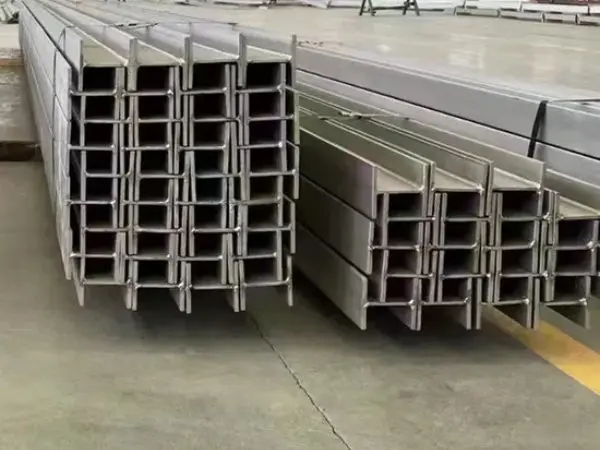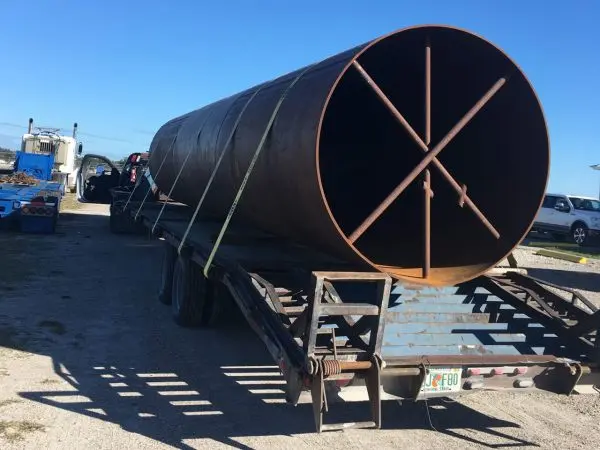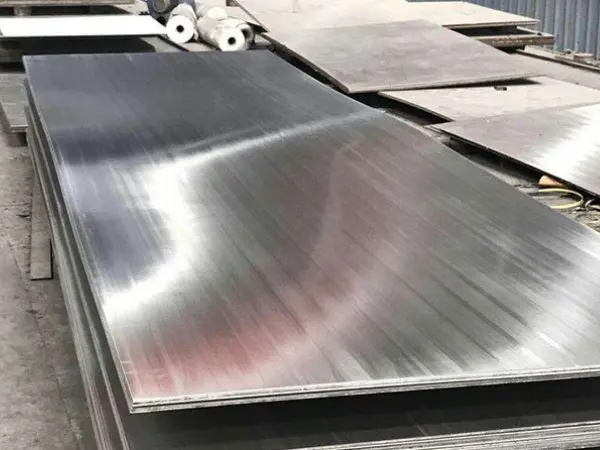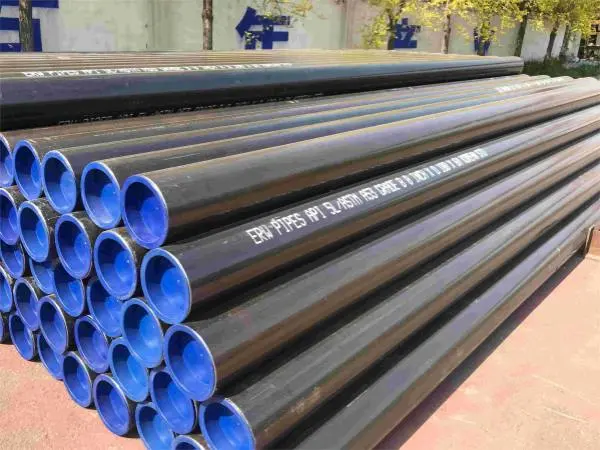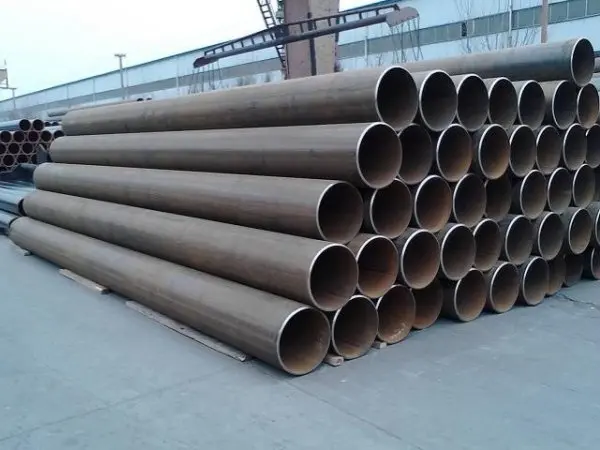- Phone0086 731 8564 8255
- E-mailsales@cscsteel-manufacturing.com
-

Galvanized steel pipe, characterized by its zinc coating and steel structure, has been a favored choice for plumbing and industrial applications for many years. Its corrosion-resistant properties and durability make it reliable for transporting water and various fluids. Galvanized pipes are created by coating steel pipes with zinc, usually through a hot-dip galvanization process, which provides an added layer of protection against corrosion and extends the pipe's lifespan. However, these pipes can still rust when exposed to moisture. So, how can we preserve galvanized steel pipes? Let’s explore some key storage and maintenance strategies.
How to Store Galvanized Steel Pipes
Protect Before Storage: Ensure that the pipes are shielded from rain and contaminants before being stored. If pipes have been exposed to moisture or dirt, clean them appropriately based on their hardness. Use a steel wire brush for harder materials, while softer materials can be cleaned with cloth or cotton.
Regular Inspections: Once stored, check the pipes regularly for signs of rust. If rust is detected, it should be removed promptly.
Oiling Requirements: Generally, after cleaning, the surfaces of the steel pipes do not require oiling. However, for certain materials such as alloy steel plates or thin-walled pipes, apply anti-rust oil to both the inner and outer surfaces after rust removal.
Timely Usage: For pipes that exhibit significant rust, avoid long-term storage after rust removal; use them as soon as possible.
Storage for Small Items: Smaller steel products like thin steel plates, strips, and small-diameter pipes can be stored in the warehouse as needed.
Warehouse Conditions: Choose a storage location based on geographic conditions. Ideally, use a standard closed warehouse with a roof, walls, secure doors, windows, and proper ventilation.
Ventilation: Ensure good ventilation in the warehouse on sunny days, and keep it closed during rainy weather to minimize moisture exposure.
Maintenance Methods for Galvanized Steel Pipes
Regular Cleaning: To maintain the appearance of galvanized pipes, clean them regularly to remove dust and dirt. Use neutral detergents and avoid acidic or alkaline cleaners to prevent damaging the galvanized layer.
Prevent Impacts: Take care to avoid heavy impacts or collisions that could damage the galvanized coating and compromise its corrosion resistance.
Avoid Humid Environments: Since moisture is a primary cause of corrosion, keep galvanized pipes dry and avoid prolonged exposure to humid conditions to extend their lifespan.
Frequent Inspections: Regularly check for signs of corrosion or damage on the pipe surfaces. Promptly repair or replace any affected areas to maintain their anti-corrosion properties.
Limit Metal Contact: Prevent direct contact with other metals during installation and use to avoid electrochemical reactions that can lead to corrosion of the galvanized layer.
Temperature Considerations: Extreme temperatures can negatively impact the corrosion resistance of galvanized steel pipes. Avoid using them in excessively high or low temperatures.
Periodic Painting: As time passes, the protective coating may wear off. Regularly repainting the pipes can help restore protection to the zinc layer and prevent corrosion.
Avoid Excessive Bending: Be careful not to over-stretch or bend the pipes, as this can deform them and affect their functionality.
Regular Rust Removal: Even though galvanized steel pipes are resistant to corrosion, they can still rust over time. Regularly removing any rust can help extend their service life.
Prevent Chemical Damage: Avoid exposing galvanized pipes to strong acids, alkalis, and other chemicals that can harm the anti-corrosion layer.
By following these storage and maintenance guidelines, you can effectively preserve galvanized steel pipes and ensure their longevity and performance.
